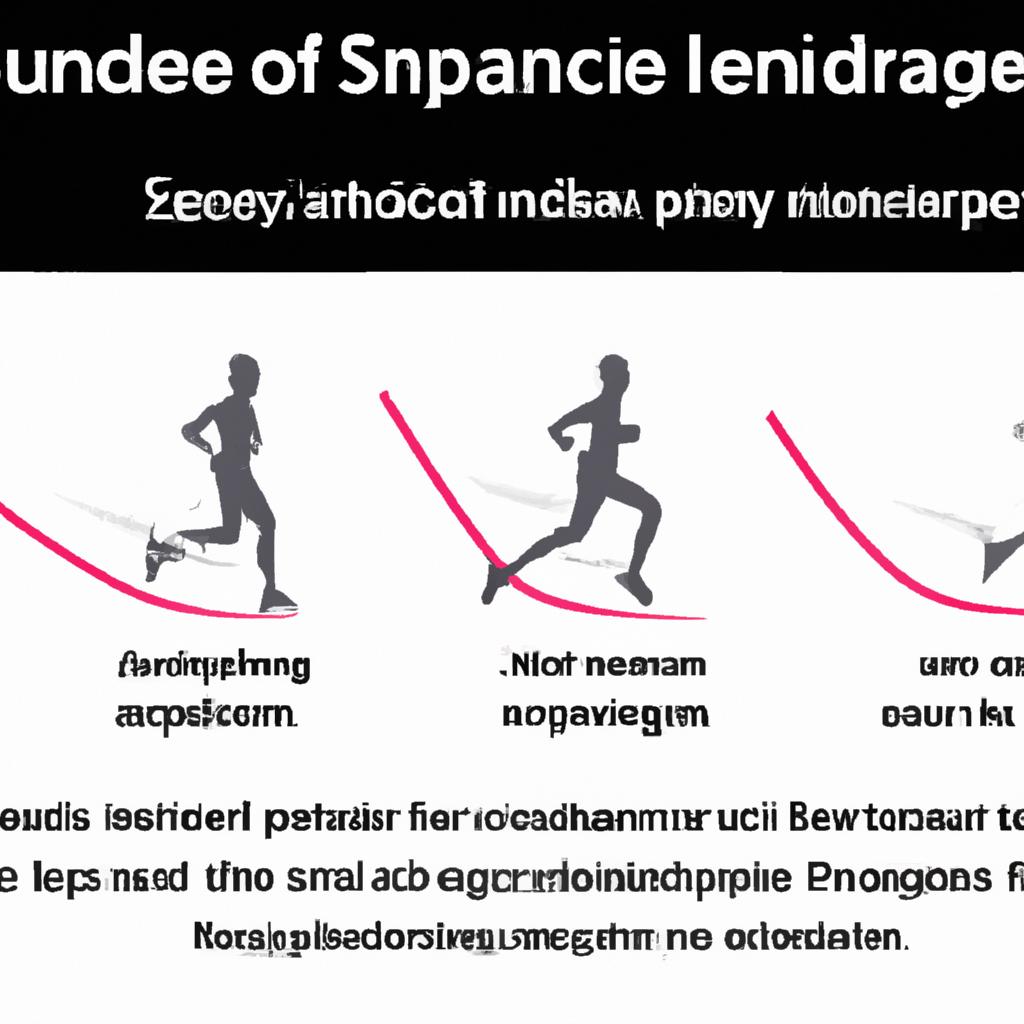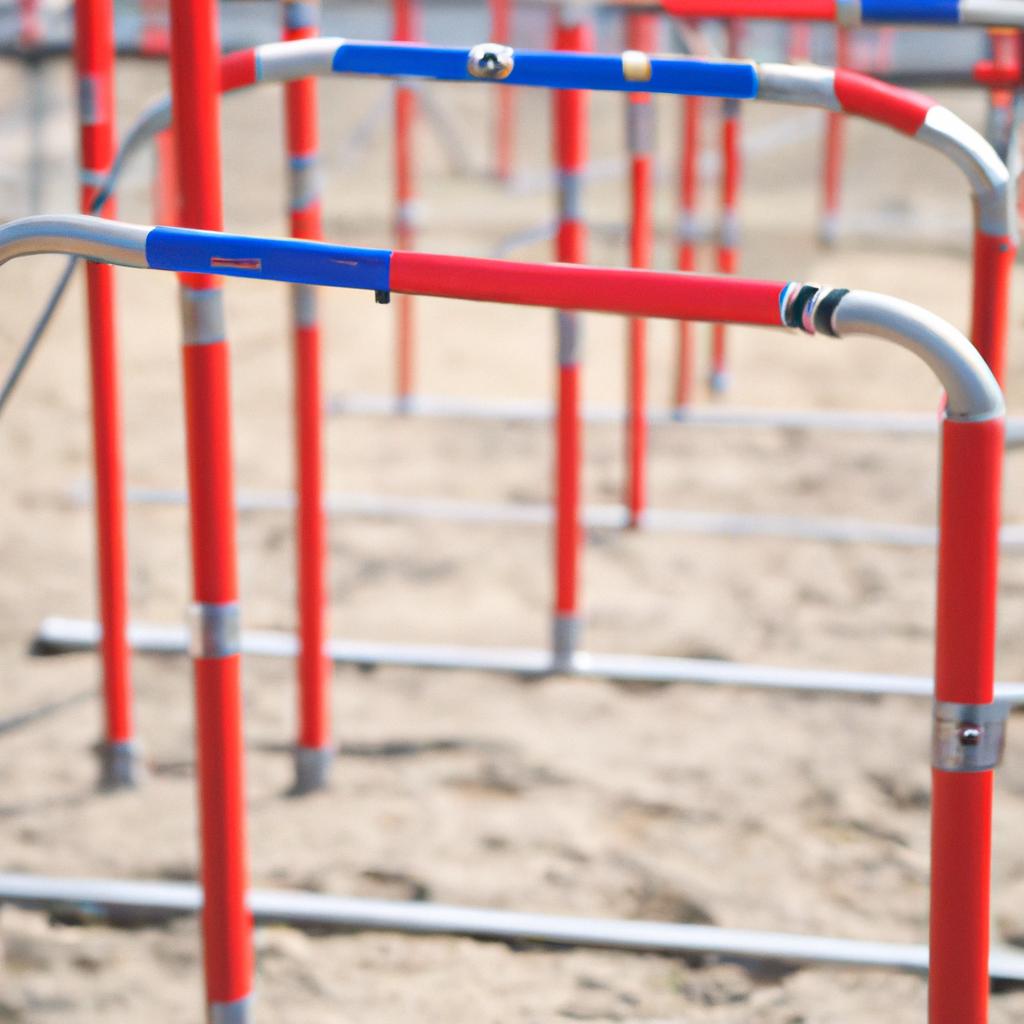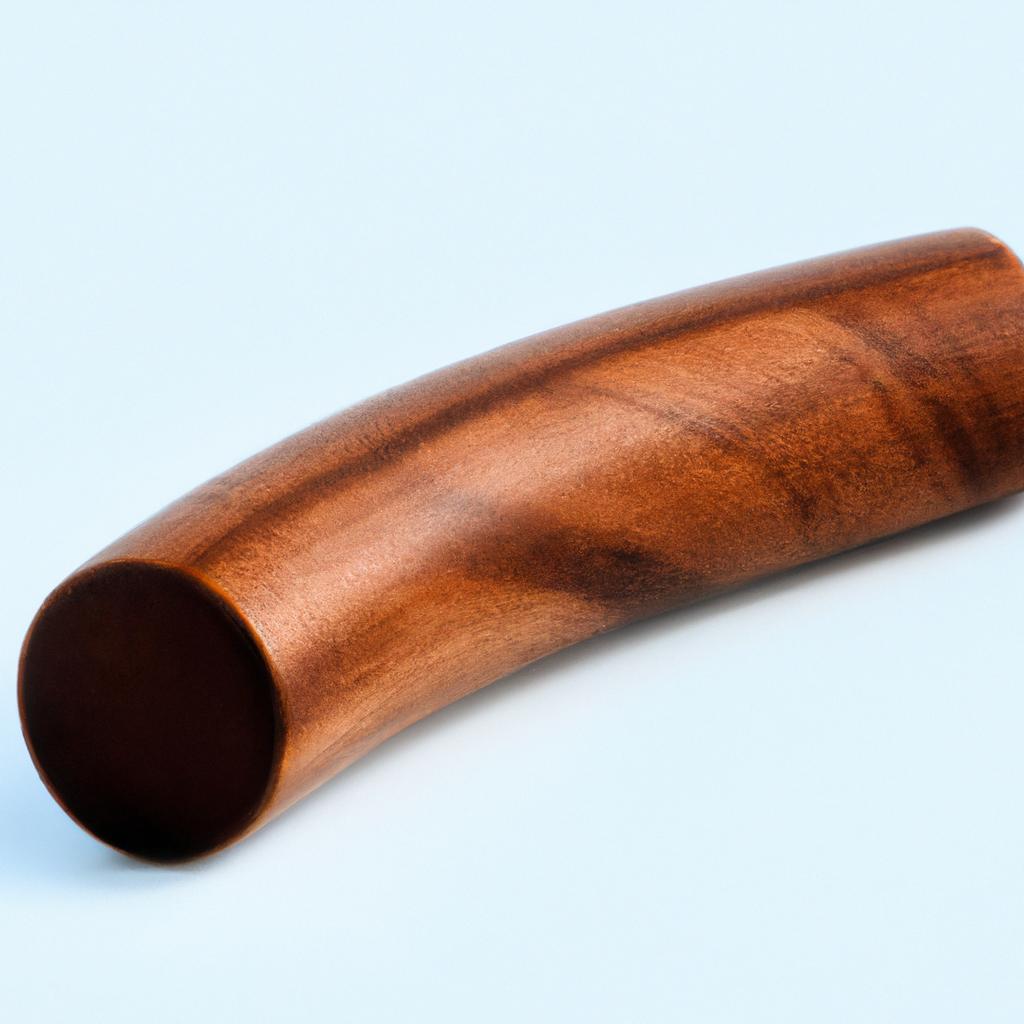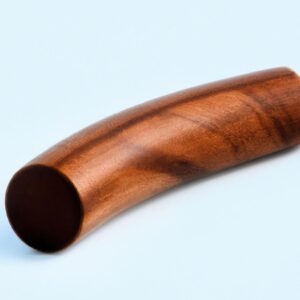**”The Role of Running Cadence in Injury Prevention: How Stride Frequency Affects Biomechanics and Running Efficiency”**
The Role of Running Cadence in Injury Prevention: How Stride Frequency Affects Biomechanics and Running Efficiency
Running is a popular form of exercise and a means for many to improve their health and fitness. However, it is also a sport fraught with the risk of injury. An often-overlooked aspect of running that can significantly impact injury risk is running cadence, or stride frequency. In this blog post, we will explore how running cadence affects biomechanics and running efficiency, and why it is crucial for injury prevention.
Understanding Running Cadence
What is Running Cadence?
Running cadence refers to the number of steps a runner takes per minute. This metric is critical for assessing running efficiency and technique. Most elite runners maintain a cadence of around 180 steps per minute, although this can vary significantly among recreational runners.
Why is Cadence Important?
Moreover, running cadence influences how forces are distributed throughout the body. A higher cadence can lead to shorter strides, reducing the impact forces on joints and muscles. Consequently, this can decrease the likelihood of injuries such as shin splints, runner’s knee, and plantar fasciitis.
The Biomechanics of Cadence
The Impact of Stride Length vs. Stride Frequency
While many runners focus on increasing their stride length to enhance speed, it’s essential to recognize that an extended stride can often lead to injuries. When a runner overextends their stride, they may land heavily on their heels, resulting in increased ground reaction forces. In contrast, a higher cadence typically encourages a midfoot or forefoot strike, promoting a more efficient running form.
How Cadence Affects Joint Stress
Furthermore, a higher cadence can help to minimize the stress placed on key joints, including the knees and hips. Research indicates that increasing cadence by just 5-10% can significantly reduce the load on these joints. This reduction in joint stress is particularly beneficial for runners recovering from injuries or looking to prevent future issues.
Improving Running Cadence
Gradual Changes to Your Cadence
If you identify a need to increase your running cadence, it is crucial to make changes gradually. Abrupt modifications can lead to discomfort or injury. Start by incorporating cadence drills into your routine, such as using a metronome or running to music with a specific beats per minute (BPM). Initially, aim for a slight increase in cadence—about 5-10%—and gradually work your way up.
Incorporating Drills and Exercises
In addition to cadence drills, certain exercises can help improve your overall running form. Strength training, particularly focusing on the lower body, can enhance your ability to maintain higher cadence. Exercises like squats, lunges, and calf raises can build strength and stability in the muscles that support running. Moreover, plyometric exercises such as jump squats or box jumps can improve your explosive power, contributing to a more effective running technique.
Nutrition Tips for Runners
Fueling for Performance and Recovery
To maximize your running efficiency and support injury prevention, proper nutrition is essential. A well-balanced diet rich in carbohydrates, proteins, and healthy fats will provide the necessary energy for your runs. Specifically, carbohydrates are crucial for replenishing glycogen stores, while protein aids in muscle recovery.
Hydration Strategies
Moreover, don’t overlook the importance of hydration. Dehydration can lead to decreased performance and increase the risk of injury. Aim to drink water regularly throughout the day, and consider electrolyte-rich drinks during longer runs to maintain hydration levels.
Health Benefits of Optimal Running Cadence
Enhanced Efficiency
By focusing on improving your running cadence, you can enhance your overall running efficiency. A more efficient running style can lead to better performance, allowing you to run longer distances without fatigue. Consequently, this can make your running experience more enjoyable and fulfilling.
Reduced Injury Risk
Furthermore, as we’ve discussed, an optimal cadence can significantly reduce the risk of injuries. This benefit is crucial for runners of all levels, as injuries can derail training plans and diminish motivation.
Long-Term Running Enjoyment
In addition, focusing on cadence and biomechanics can lead to a longer running career. By adopting practices that promote injury prevention, you can enjoy the sport for years to come.
Conclusion
In summary, running cadence plays a vital role in injury prevention, biomechanics, and overall running efficiency. By understanding how stride frequency impacts your running, you can take proactive steps to enhance your performance and reduce the risk of injury. Incorporate gradual changes to your cadence, strength training, and proper nutrition into your routine. By doing so, you can experience the many benefits of running while keeping injuries at bay. Therefore, as you lace up for your next run, remember that small adjustments to your cadence can lead to significant improvements in your running journey.
FAQ
What is running cadence and why is it important?
Running cadence refers to the number of steps a runner takes per minute. It is important because it affects running efficiency and technique. A higher cadence often leads to shorter strides, which can reduce the impact forces on joints and muscles, thereby decreasing the likelihood of injuries such as shin splints and runner’s knee.
How can I improve my running cadence safely?
To improve your running cadence safely, it’s crucial to make gradual changes. Start by incorporating cadence drills into your routine, such as using a metronome or running to music with a specific beats per minute (BPM). Aim for a slight increase in cadence of about 5-10% and gradually work your way up to avoid discomfort or injury.
What are the long-term benefits of focusing on running cadence?
Focusing on running cadence can enhance your overall running efficiency, allowing you to run longer distances without fatigue. Additionally, it significantly reduces the risk of injuries, which is essential for maintaining a consistent training routine. Ultimately, these practices can lead to a longer and more enjoyable running career.















Post Comment